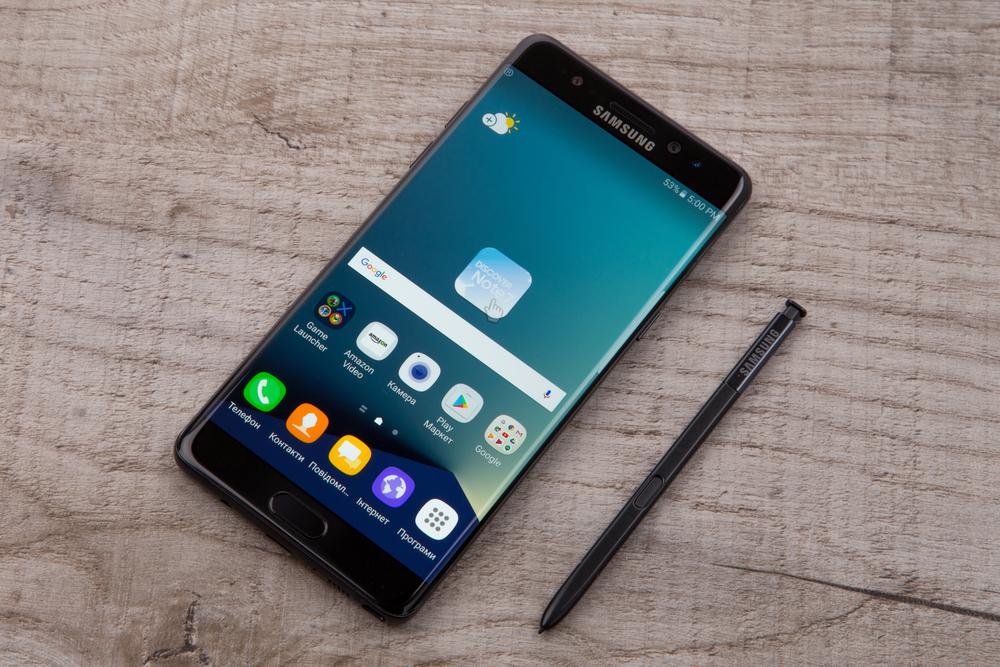Ultimate Guide to Buying a Budget Smartphone: Key Factors You Must Consider
Discover comprehensive tips for choosing a reliable budget smartphone that fits your needs. Learn how to evaluate specifications, set realistic expectations, and ensure after-sales support. Make informed decisions and get the best value for your money with our detailed guide for budget smartphone shopping.

Comprehensive Tips for Selecting an Affordable Yet Reliable Smartphone
In today's digital age, a smartphone is almost an extension of ourselves, serving as a communication tool, entertainment device, and even a productivity booster. However, not everyone has the budget to purchase the latest flagship phones like the Samsung Galaxy S23 or the latest iPhone model. For budget-conscious consumers, understanding how to select a dependable and feature-rich device without overspending is crucial. This comprehensive guide aims to help you navigate the crowded marketplace of budget smartphones, highlighting key factors to consider before making your purchase.
With countless brands and models available at various price points, making an informed choice can seem overwhelming. Nevertheless, by following systematic guidelines, you can find a device that offers excellent value for your money, meets your essential needs, and provides long-term reliability. Here's an in-depth look at the critical factors to consider to ensure you select the best budget smartphone tailored to your expectations and requirements.
Establish Clear Expectations Based on Your Needs
When searching for a budget smartphone, it's vital to align your expectations with what’s realistically attainable within your price range. Premium flagship smartphones such as the Samsung Galaxy Note series, iPhone 13/14, or Google Pixel devices come with advanced features including high-resolution screens, multiple camera setups, and powerful processors. These are challenging to find in budget devices without compromises. Instead, focus on trusted budget brands like Xiaomi Redmi, Realme, Micromax, and Alcatel, which are renowned for delivering solid performance at lower prices.
Remember, a budget smartphone can adequately handle your daily tasks—calls, messaging, social media, light gaming, and browsing—without necessarily offering high-end specifications. Setting realistic expectations ensures you avoid frustration and disappointment after the purchase.
Pay Attention to Hardware Specifications and Features
The backbone of any smartphone performance lies in its hardware components. When evaluating a budget device, review the specifications carefully. Look for at least 4GB RAM, which ensures smoother multitasking, and a processor capable of handling everyday applications. Screen resolution is also crucial; opt for devices with 720p or higher resolution (preferably 1080p) for a clearer display experience.
Battery capacity significantly influences your user experience. A phone with at least 3000mAh battery capacity can last through the day with moderate use. Storage is another vital aspect; aim for devices offering a minimum of 64GB internal storage, or check if expandable storage options like microSD cards are available, providing flexibility for your media and app needs.
While manufacturers sometimes cut costs by reducing features, it’s essential to verify that the device includes basic functionalities such as fingerprint sensors, adequate camera systems, and reliable network connectivity options (4G or 5G if possible). This ensures that your device remains functional and competent for your everyday activities.
Select the Appropriate Operating System
The operating system (OS) impacts user experience, app compatibility, and software updates. Android is the most popular OS in the budget segment owing to its affordability, flexibility, and extensive app ecosystem. Most budget smartphones run Android Go or a standard Android version with customized interfaces from brands like Xiaomi’s MIUI, Realme UI, or Samsung’s One UI.
Avoid lesser-known or outdated operating systems, such as Windows or BlackBerry OS, which have limited app support and fewer updates. Ensuring your device is compatible with the Google Play Store allows you access to a wide range of apps and games, enhancing your overall experience.
Determine Your Usage Patterns and Prioritize Key Features
Understanding how you intend to use your smartphone is pivotal in selecting the right model. If your primary activities include making calls, texting, browsing social media, and watching videos, then a device with good network support, decent camera quality, and a vibrant display will suffice. For those interested in light gaming or productivity tasks, prioritize a device with a better processor and adequate RAM.
For frequent camera users, focus on models that offer a decent camera setup, like a dual-camera system with at least 12MP sensors. If you’re into media consumption, a larger, high-resolution screen can significantly enhance your viewing experience. Meanwhile, if battery life is critical, choose models with larger capacities and fast-charging support to avoid frequent recharging hassle.
Check Warranty, After-Sales Support, and Reliability
Purchasing from reputable sellers provides peace of mind, especially regarding warranty and after-sales services. Ensure the device comes with a comprehensive warranty period—at least 12 months—covering manufacturing defects and hardware issues. Verify the seller’s return, exchange, and support policies before finalizing your purchase.
Extended warranties or service packages offered by authorized service centers can be cost-effective options. Also, reading reviews and feedback from other users offers insights into device durability and the quality of after-sales support, helping you avoid potential pitfalls associated with unreliable brands or sellers.
Enhance Longevity and User Experience with Proper Care
Investing in protective accessories like durable phone cases, screen protectors, and quality chargers can extend your smartphone’s lifespan and improve overall user experience. Proper handling and timely software updates are essential to maintain device security and optimize performance. Budget smartphones, with regular care, can serve their purpose efficiently for years to come.
In conclusion, finding the right budget smartphone involves balancing features, quality, price, and personal needs. By adhering to these comprehensive guidelines—setting realistic expectations, scrutinizing specifications, choosing suitable operating systems, considering your usage needs, and ensuring after-sales support—you can make a confident purchase that offers excellent value for your money. Save wisely and enjoy a reliable device that keeps you connected without breaking the bank.





